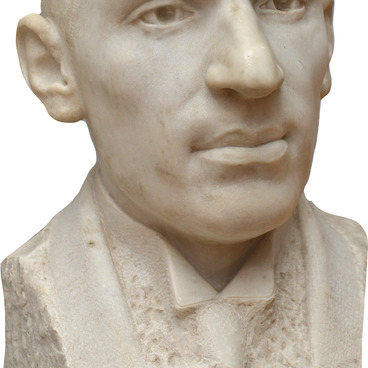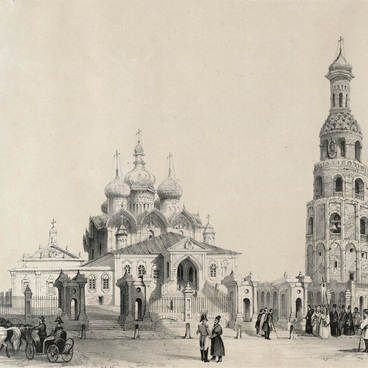The word telegraph translated from the Ancient Greek means long-distance writing. Russia can be viewed as the birthplace of electromagnetic telegraphy: the world’s first telegraph of this kind was made by Pavel Schilling, a Russian diplomat and inventor, in 1832. In his telegraph, the current running in the wire caused a magnetic arrow to deviate, which made it possible to code messages in accordance with a code table.
Morse telegraph
Размер
130x60x42 cm
Техника
Промышленное производство
Выставка
#1
Morse telegraph
#2
#4
Within a few years that followed, arrow-type telegraphs came to be used in Russia, Germany, and Great Britain. But massive wiring made telegraphs inconvenient to use, so they never became widely popular. And in 1837, Samuel Morse tested the first electromechanical telegraph in the USA.
#5
Morse was not a professional scientist. Originally, he was best known as a painter: he painted pictures to order and was a co-founder and the first president of the National Academy of Design in New York City.
#6
In 1825, Morse left for Washington, DC., to paint a portrait ordered by his customer. When he was painting he got a letter saying that his wife Lucretia was badly ill. The next day, he received another one informing about her death. Morse left the portrait incomplete and hasted home. By the time he was back to his children, Lucretia had been buried. Heartbroken that he had learned about his wife’s illness so late and had failed to say good-bye to her, Morse made up his mind to explore a means of rapid long-distance communication.
#7
A few years later, he was returning from Europe aboard the Sally. As he was discussing with companions the features of electric current, particularly its capability to cover huge distances at once, it came to him that the said capability could be used for fast communication. So Morse began to design a machine to implement the idea.
#8
After many years of research, Samuel Morse and his colleague Alfred Vail designed a new telegraph and a system of codes for communication transmission. Their telegraph consisted of two parts: a signal transmitter with a key at one end and a receiver with a paper tape and a wheel with paint at the other. Every letter in the alphabet was matched by a unique sequence of dots and dashes. If the sender wanted a dot he pressed the key quickly, a dash required longer pressing. The most frequent letters were coded as simple combinations of signals, rarer letters were more complicated. The recipient’s telegraph reflected all the signals on a paper tape.
#9
In 1840, Morse had his invention patented. He arranged a few successful demonstrations in the presence of officials and got a US Congress subsidy for the construction of the first telegraph line from Baltimore to Washington, DC. Morse’s apparatus quickly gained popularity, and the inventor himself was revered as a national hero. Gradually, Morse’s telegraph won international recognition and ousted the competitors because it was simple, small, and reliable.
читать дальшескрыть
00:00
00:00
1x
Morse telegraph
Размер
130x60x42 cm
Техника
Промышленное производство
Выставка
Открыть в приложении
Поделиться



